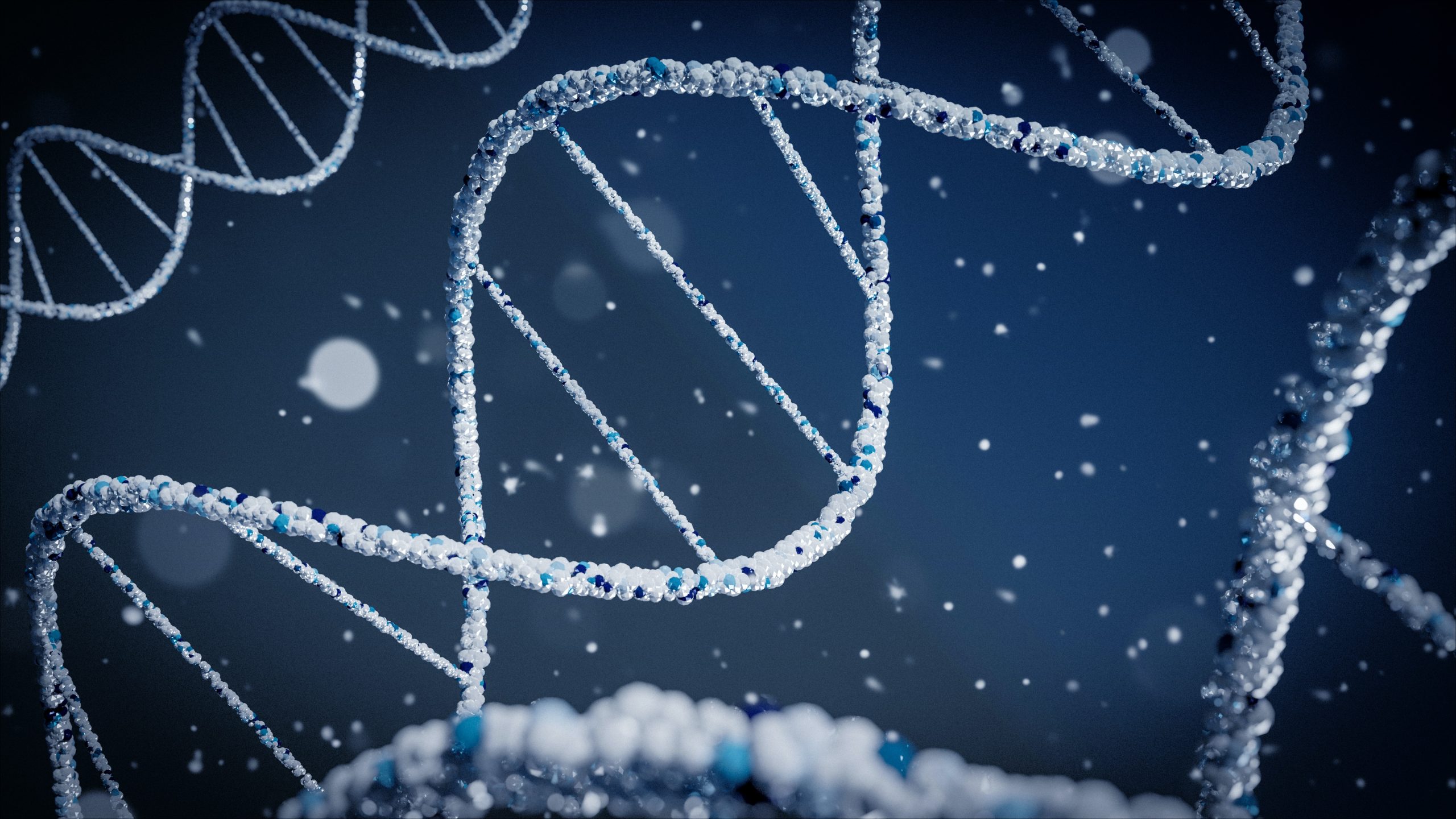Advances in life sciences and technologies can bring enormous benefits to our health, our societies and our environment. They pave the way for the creation of innovative tools and treatments that can address existing challenges in these fields. However, to realize the full benefits of these advances, it is essential that any potential risks deriving from their use are also recognized and mitigated.
On September 13, the World Health Organization (WHO) published the Global guidance framework for the responsible use of the life sciences, a document which aims to raise awareness of the value of biorisk management and provide a set of values and tools to support Member States and other relevant stakeholders in preventing and mitigating biorisks. The document is the first global, technical and normative framework for dual-use research – i.e. research that is intended to provide a clear benefit, but which could be misapplied to do harm.

The document closely examines evolving challenges and gaps in the governance of biorisks and offers key considerations for addressing these. Although it is primarily designed for those responsible for managing biorisks, such as policymakers and regulators, it also concerns any other pertinent stakeholders involved in the research life cycle, including scientists and research organizations.
The framework provides a set of values and principles to guide decision-making and identifies tools and mechanisms for biorisk management. It also sets out a practical six-step approach to guide its implementation and lays out case studies as well as hypothetical scenarios designed to illustrate potential issues and identify strategies to address them.
One of these scenarios analyses the example of gene drive as an emerging technology that could be applied to control populations of invasive species which threaten ecosystems, such as rats. The document highlights potential biosafety and biosecurity risks to be considered as part of this scenario, with a particular focus on the potential environmental and ecological impacts that could ensue from the release of a gene drive technology in the field. To address these potential risks, the document outlines the importance of considering the values and principles of intergenerational justice and public empowerment. Due to the relative novelty of gene drive technology and its nature, it is essential to ensure publics, such as communities involved in the research, are empowered and educated about both its potential benefits and risks.
The document also includes priority areas for the different stakeholders concerned with this scenario to take into consideration. Scientists, for examples should develop a “cautious” research process – with laboratory trials preceding field evaluations – and should consult communities involved with the research and provide clear information to members of the public. Governments, on the other hand, should focus on oversight mechanisms, monitoring, and regulation, whereas institutions and funding agencies, should prioritize the education and training of all scientists involved in gene drive research.
Described as a living document, the global guidance framework is designed to be an iterative and proactive process that regularly re-evaluates the risks that life sciences research and technologies may pose and evolves to keep up with societal developments.
Recent posts
